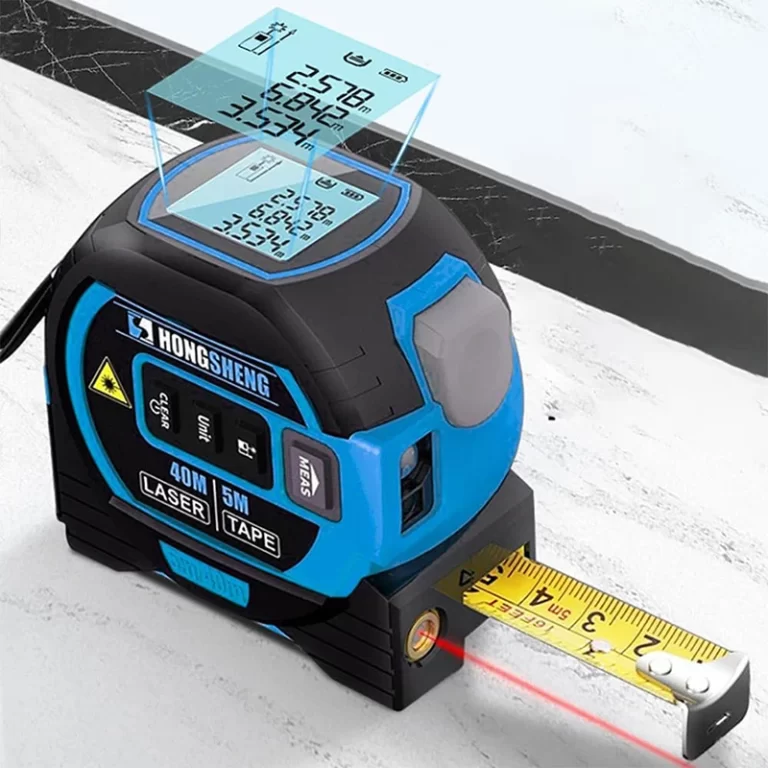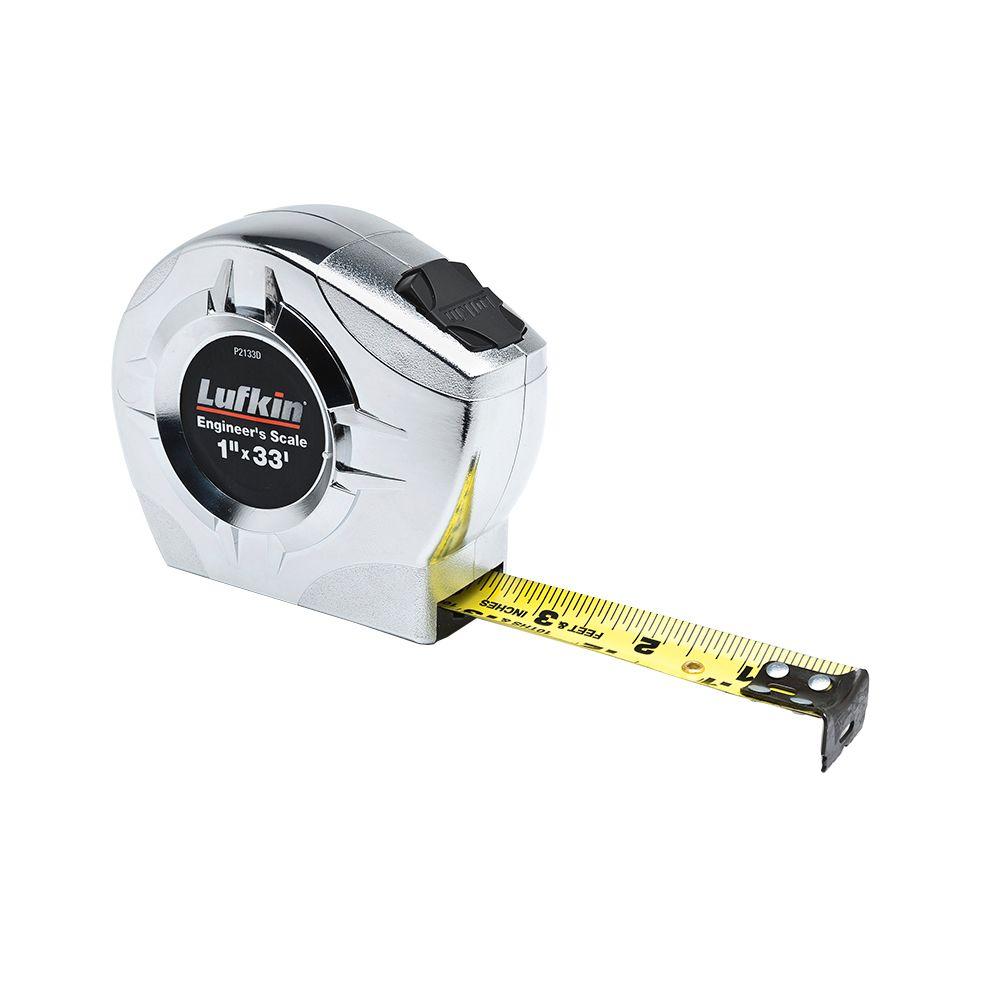
Mastering the Engineering Tape Measure Tenths for Measurements
When accuracy matters, professionals turn to tools that deliver reliable results. One such tool is the engineering tape measure tenths. Unlike standard tapes marked in feet, inches, and fractions, this specialized measuring device uses decimal feet divided into tenths and hundredths. This system simplifies calculations and reduces errors in fields like civil engineering, surveying, construction layout, and architectural drafting. The engineering tape measure tenths allows users to read measurements quickly and convert them directly into digital plans or calculators without complex fraction conversions. As a result, it speeds up workflows and improves on-site efficiency. Whether you’re setting grade stakes, laying out foundations, or calculating material quantities, this tape eliminates guesswork. In this article, we’ll explore how the engineering tape measure tenths works, its benefits over traditional tapes, and why it’s become a must-have for technical professionals.
 Understanding the Decimal Foot System Used in Engineering Tape Measure Tenths
Understanding the Decimal Foot System Used in Engineering Tape Measure Tenths
How Decimal Feet Replace Inches and Fractions
Traditional rulers and tapes use feet, inches, and fractions like 1/2″, 1/4″, or 1/16″. While familiar, these units complicate math when adding or multiplying measurements. For example, adding 5′ 7 3/8″ and 8′ 10 5/16″ requires converting everything to inches or finding common denominators.
The engineering tape measure tenths solves this by using decimal feet instead. Each foot is divided into ten equal parts—tenths—and each tenth into ten smaller units—hundredths. So, 5.75 means five feet and seventy-five hundredths of a foot.
Because it aligns with base-10 math, calculations become much easier. You can add, subtract, multiply, or divide just like regular numbers. There’s no need to switch between systems.
For instance, if a room measures 12.35 ft by 9.60 ft, finding the area is simple: 12.35 × 9.60 = 118.56 square feet. No conversion needed.
This system also integrates smoothly with CAD software, GPS data, and total stations. These tools often output in decimal feet. Using a matching tape ensures consistency from field to office.
Therefore, the shift from fractions to decimals streamlines communication across teams. It reduces mistakes caused by misreading or miscalculating.
Thus, the engineering tape measure tenths supports faster, more accurate work in technical environments.
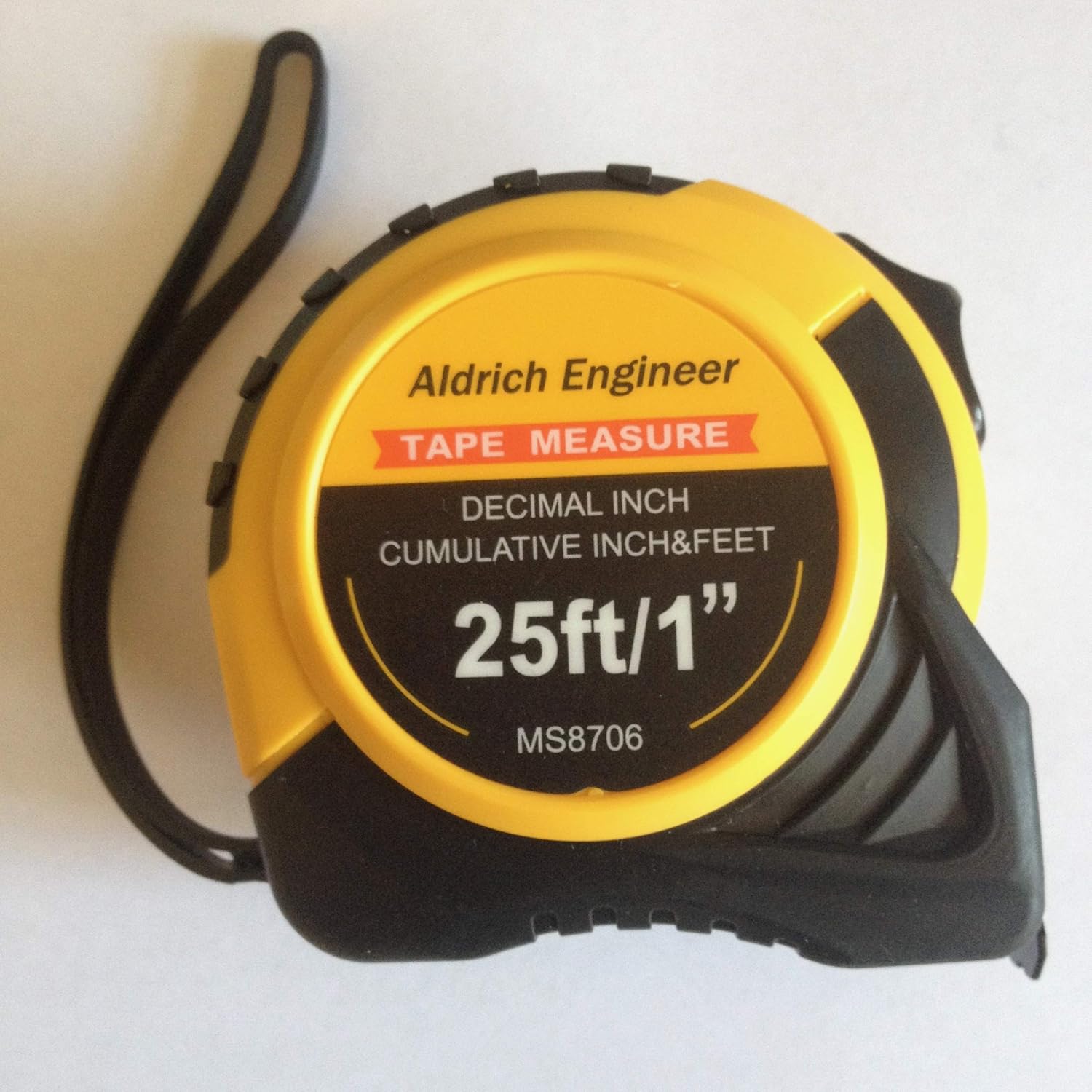 The Structure of an Engineering Tape Measure
The Structure of an Engineering Tape Measure
Engineering tape measures are specialized tools designed for precise measurements. They are built with unique markings and scales tailored for professional use. Understanding their structure helps you use them effectively.
Key Markings and Scales Explained
The primary feature of an engineering tape measure is the use of tenths. Unlike standard tape measures, they divide one foot into ten equal parts. Each tenth represents 1.2 inches, providing a decimal-based scale for easy calculations.
In addition to tenths, engineering tape measures may include foot and hundredth marks. These markings give options for even finer measurements. Some models also feature metric scales for added versatility.
Clear labels and high-contrast markings are common. This ensures readability in various lighting conditions. The tape is typically durable, designed to withstand outdoor conditions common in engineering tasks.
Differences Between Standard and Engineering Tape Measures
Standard tape measures use inches and fractions for their scales, dividing a foot into 12 inches. They often include markings for halves, quarters, eighths, and smaller fractions. This makes them suitable for carpentry or general-purpose measurements, but not ideal for precise engineering calculations.
In contrast, engineering tape measures rely on the decimal system. They divide feet into tenths, eliminating complex fractional calculations. This simplifies addition, subtraction, and other computations required in engineering fields.
Another difference is the intended use. Standard tape measures are household tools, while engineering tape measures are specialized for professional tasks. They are favored in civil engineering, land surveying, and construction projects demanding precision and consistency.
Choosing the correct tape measure depends on your needs and the scale of measurement desired.
When to Use an Engineering Tape Measure with Tenths
An engineering tape measure with tenths is ideal for high-precision tasks. Its decimal-based scale simplifies complex measurements. This tool is essential in fields requiring accuracy and clear calculations.
Common Applications in Civil and Mechanical Engineering
- Land Surveying: Surveyors use tenths for mapping and site measurements. It ensures consistent results.
- Road Construction: Precise measurements are crucial for road alignment and grading. Tenths make calculations efficient.
- Blueprint Designs: Engineers prefer tenths for drafting structural designs. It helps align blueprint dimensions.
- Steel and Metalwork: Mechanical engineers measure machine components and assemblies with tenths to maintain tolerances.
- Pipeline Installations: Consistent, accurate measurements ensure pipe placement and alignment over long distances.
Advantages in Precision and Consistency
- Improved Accuracy: Tenths eliminate fractional complications, allowing more precise work in technical projects.
- Simplified Calculations: Decimal systems simplify addition, subtraction, and scaling of measurements.
- Consistency Across Teams: Using tenths ensures standardization in large projects with multiple engineers.
- Time Efficiency: Decimal formats reduce confusion, streamlining project timelines and computations.
- Adaptability: Tenths-based measures suit diverse engineering applications, from small to large projects.
Engineering tape measures with tenths offer unmatched precision and reliability. Their use enhances efficiency in professional tasks, making them indispensable in engineering work.
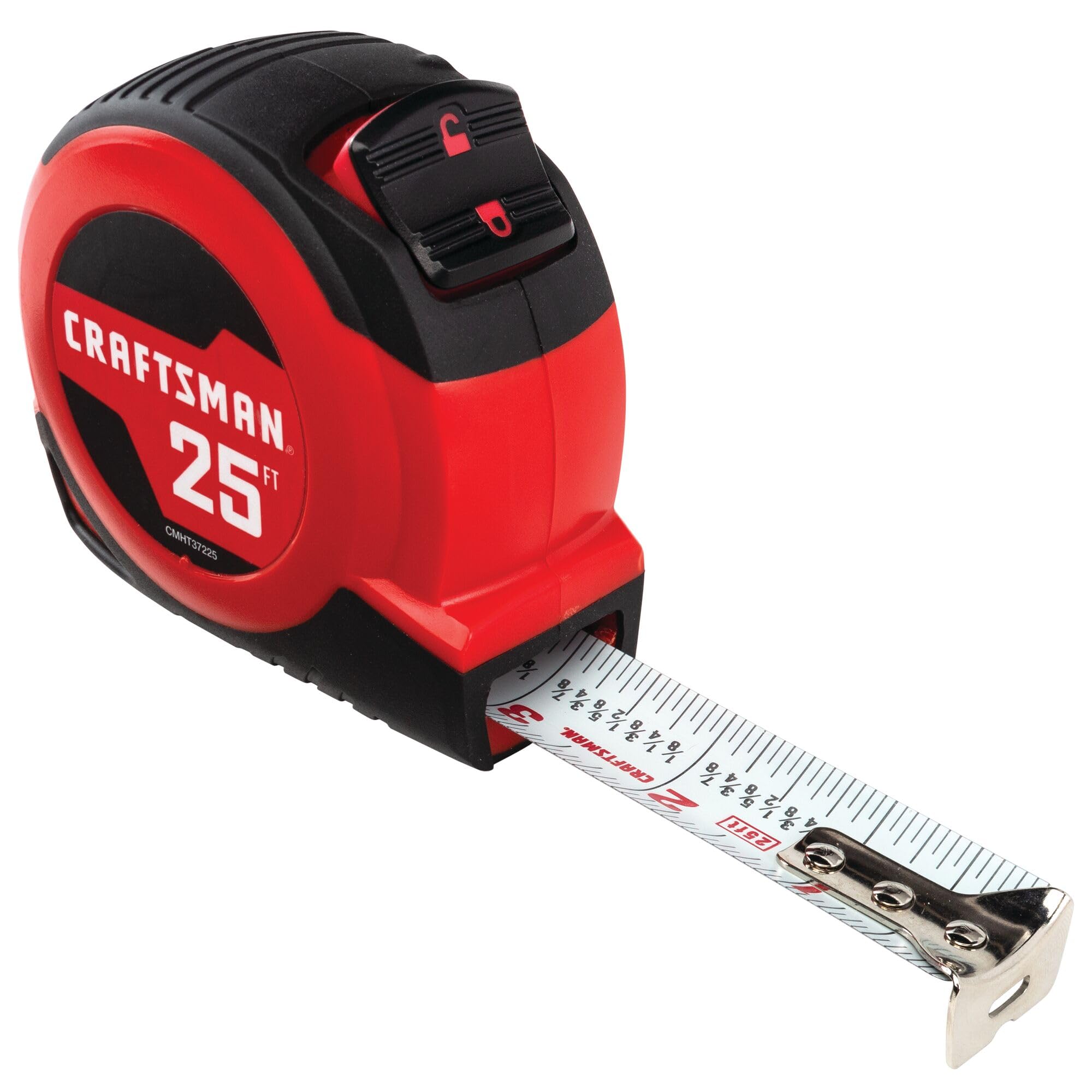 How to Read Tenths Accurately
How to Read Tenths Accurately
Reading tenths on an engineering tape measure requires focus and knowledge of its decimal system. Accurate understanding of the scale is critical for precision.
Step-by-Step Guide to Interpreting the Scale
- Understand the Decimal System: Tenths divide one foot into 10 equal parts. Each tenth equals 1.2 inches.
- Start at the Zero Mark: Place the tape measure’s zero point at the starting position of what you need to measure.
- Locate the Nearest Tenth: Identify the larger markings indicating tenths (e.g., 0.1, 0.2, 0.3).
- Read Between Tenths for More Precision: If measurements fall between tenths, estimate using the smaller markings, often hundredths.
- Write Down the Measurement: Record the measurement as a decimal (e.g., 3.5 feet).
- Double-Check Your Reading: Ensure your measurement matches the intended points for accuracy.
Common Errors to Avoid While Measuring
- Misreading Tenth Marks: Mistaking tenths for inches can lead to errors.
- Ignoring Subdivisions: Overlooking smaller marks, like hundredths, reduces accuracy.
- Starting at the Wrong Zero: Using the wrong starting point causes flawed measurements.
- Skipping Rechecks: Not verifying your reading opens the door to mistakes.
- Poor Tape Alignment: Misaligning the tape with the surface leads to invalid readings.
Follow these steps and tips to ensure precise and accurate measurements using an engineering tape measure with tenths.
Conversion Between Tenths, Inches, and Feet
Understanding how tenths, inches, and feet relate is crucial for efficient engineering measurements. Using the right conversions ensures accuracy and simplifies calculations.
Handy Formulas and Conversion Charts
- Tenths to Inches:
- One tenth equals 1.2 inches.
- Multiply tenths by 1.2 to convert to inches (e.g., 5 tenths = 6 inches).
- Tenths to Feet:
- Each tenth represents 0.1 of a foot.
- Divide tenths by 10 to get the value in feet (e.g., 15 tenths = 1.5 feet).
- Inches to Tenths:
- Divide inches by 1.2 to find the equivalent tenths (e.g., 12 inches = 10 tenths).
- Feet to Tenths:
- Multiply the feet value by 10 to get tenths (e.g., 3 feet = 30 tenths).
Use conversion tables for quick reference. Carrying charts can be helpful during fieldwork.
Using Online Tools and Calculators for Convenience
Online tools simplify measurements with automated conversions. Input tenths, inches, or feet to get the desired value instantly. These calculators reduce manual errors and save time on large projects.
Benefits of online tools include:
- Quick Conversions: Instant results streamline your workflow.
- Accuracy: Decimal-based systems ensure precise calculations.
- Ease of Use: User-friendly design makes tools accessible for all skill levels.
- Adaptability: Suitable for different engineering fields and needs.
Whether using formulas or online calculators, mastering conversions is essential for successful engineering tasks.
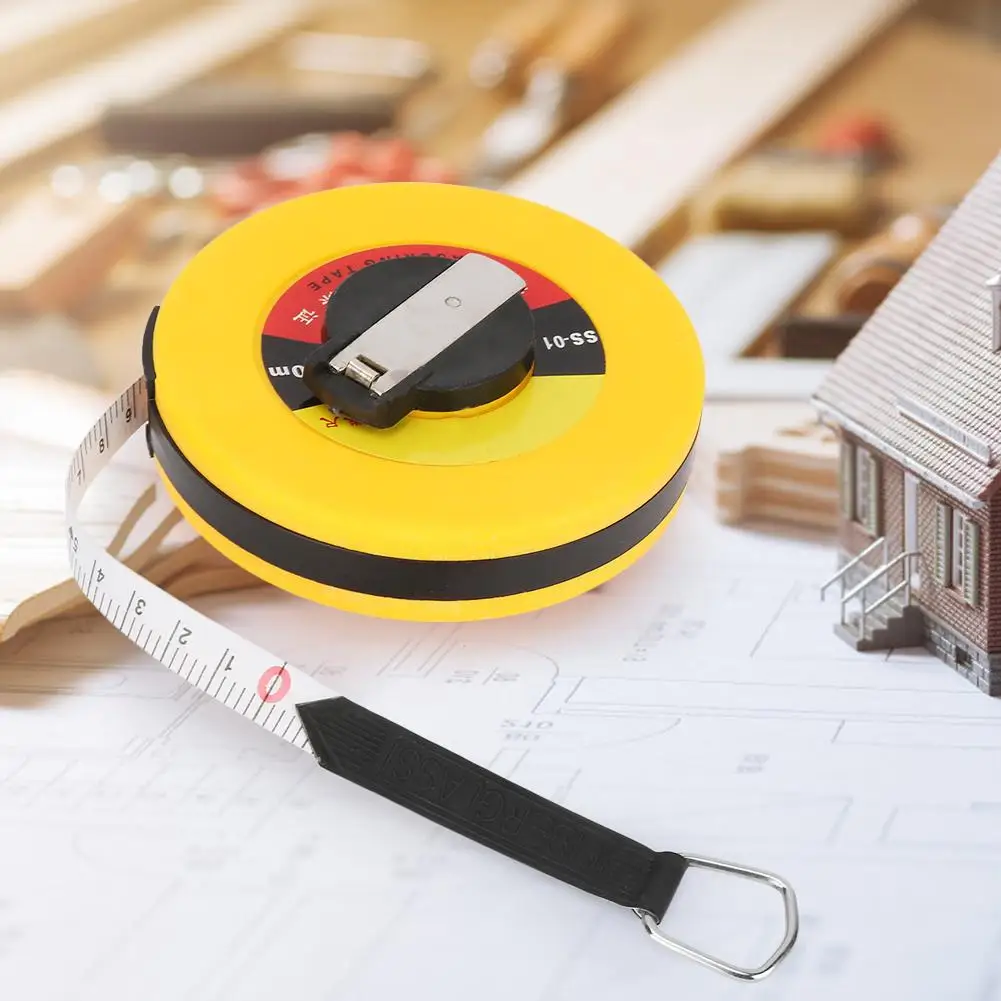 Choosing the Right Engineering Tape Measure
Choosing the Right Engineering Tape Measure
An engineering tape measure is a vital tool for precision tasks. Selecting the right one depends on specific requirements and project demands.
Factors to Consider: Material, Length, and Markings
- Material Durability: Choose tape measures with robust materials like steel or fiberglass. Steel tapes resist wear and are ideal for outdoor use. Fiberglass tapes are lightweight and withstand bending, perfect for frequent handling.
- Tape Length: Identify the project’s scope before selecting a tape length. Opt for shorter tapes (e.g., 10 feet) for indoor, smaller measurements. Longer tapes (e.g., 100 feet) are better for surveying, construction, or large-scale projects.
- Scales and Markings: Ensure the tape has decimal-based markings, clearly visible with tenths and hundredths. High-contrast colors make readings easier, especially in poorly lit areas. If versatility is vital, look for models with additional metric scales.
- Design for Precision: Look for ergonomic designs with sturdy, lockable mechanisms. These improve usability and accuracy.
Recommended Brands and Models for Professionals
- Lufkin: Popular for its durable engineering tape measures. Their models offer high precision and bold markings.
- Stanley: Known for reliability. Stanley tools excel in sturdiness, with excellent visibility on markings.
- Keson: Great for surveyors and engineers. Keson tapes come with unique features like reinforced jackets for protection.
- Komelon: Provides innovative features like self-lock mechanisms and smooth retraction for efficient usability.
- AdirPro: Offers affordable options for engineering tape measures with tenths for budget-conscious users.
Select a high-quality tape measure suited to your task type. Combining material, length, markings, and brand ensures precision and lasting performance.
Maintenance and Care for Engineering Tape Measures
Proper maintenance keeps your engineering tape measure accurate and durable. Regular care ensures it performs well over time.
How to Keep Your Tool in Optimal Condition
- Clean After Each Use: Wipe the tape with a soft, damp cloth to remove dirt and debris. Avoid using harsh chemicals that may damage the markings.
- Store Properly: Keep the tape measure in a dry, safe place. Store it in its case to prevent scratches or exposure to moisture.
- Avoid Overstretching: Do not pull the tape beyond its maximum length. Overstretching weakens the tape, leading to damage.
- Lubricate Moving Parts: Apply light machine oil to the retraction mechanism. This keeps the tape running smoothly.
- Inspect Regularly: Check the tape for bends, frays, or faded markings. Replace it if it shows signs of wear.
- Dry Immediately After Wet Use: Use a clean, dry cloth to wipe moisture from the tape after wet conditions. Prevent rust or corrosion by drying it fully.
Troubleshooting Common Issues
- Sticky Retraction Mechanism:
- Problem: The tape is not retracting smoothly.
- Solution: Clean the mechanism and apply light machine oil.
- Faded Markings:
- Problem: Markings become hard to read over time.
- Solution: Use a tape with high-contrast, durable markings. Replace the tape if the fade impacts accuracy.
- Bends or Kinks:
- Problem: The tape is bent or kinked, affecting straight measurements.
- Solution: Straighten gently, or replace if damage is severe.
- Rust or Corrosion:
- Problem: Moisture exposure causes rust, reducing readability and lifespan.
- Solution: Clean and dry the tape immediately. Store in a moisture-free area.
- Broken Lock Mechanism:
- Problem: The lock does not hold the tape in place.
- Solution: Repair or replace the lock mechanism if necessary.
A well-maintained engineering tape measure ensures precise and hassle-free measurements. Regular care extends its usability and accuracy.
Frequently Asked Questions About Tenths and Engineering Tools
Addressing Common Queries for Beginners and Experts
1. What does “tenths” mean on an engineering tape measure?
Tenths divide a foot into ten equal parts. Each tenth equals 1.2 inches, perfect for precise work.
2. Why not use regular tape measures for engineering tasks?
Engineering tape measures use decimals, simplifying calculations. Regular tape measures rely on fractions, which are less efficient.
3. Can I use an engineering tape measure for general home projects?
Yes, but it’s optimized for professional use. For simpler tasks, traditional tape measures are quicker.
4. What fields require an engineering tape measure?
Fields like civil engineering, surveying, and construction require precise tenths-based measurements for accuracy.
5. How do I avoid errors when reading tenths?
Start at the correct zero mark, align the tape properly, and double-check your measurement.
6. Are there tape measures with both tenths and inches?
Yes, some models feature dual scales for versatility. Be sure to choose one based on your project.
7. How do I convert tenths into inches or feet?
Use simple formulas: Multiply tenths by 1.2 for inches or divide tenths by 10 for feet.
8. Can beginners easily learn to use engineering tape measures?
Absolutely! Beginners can follow step-by-step guides to master the decimal-based scale quickly.
9. How should I care for my engineering tape measure?
Clean it after each use, store it dry, and inspect regularly to maintain its accuracy.
10. Are there specific brands trusted by professionals?
Yes, brands like Lufkin, Stanley, and Keson are well-known for high-quality engineering tape measures.
Knowing these FAQs ensures beginners and professionals can use engineering tape measures effectively.
 Final Thoughts
Final Thoughts
The engineering tape measure tenths is more than just a measuring tool—it’s a bridge between field work and digital precision. By using decimal feet, it removes the complexity of fractions and streamlines calculations across engineering, surveying, and construction. Its clear markings, durable build, and compatibility with modern software make it indispensable. Whether you’re marking a foundation, verifying survey points, or estimating materials, this tape delivers accuracy and efficiency. Once you start using an engineering tape measure tenths, switching back to traditional tapes feels slow and outdated. For anyone serious about precision, investing in this specialized tool is a smart move. Make it a staple in your kit and experience the difference that decimal clarity brings to every project.
